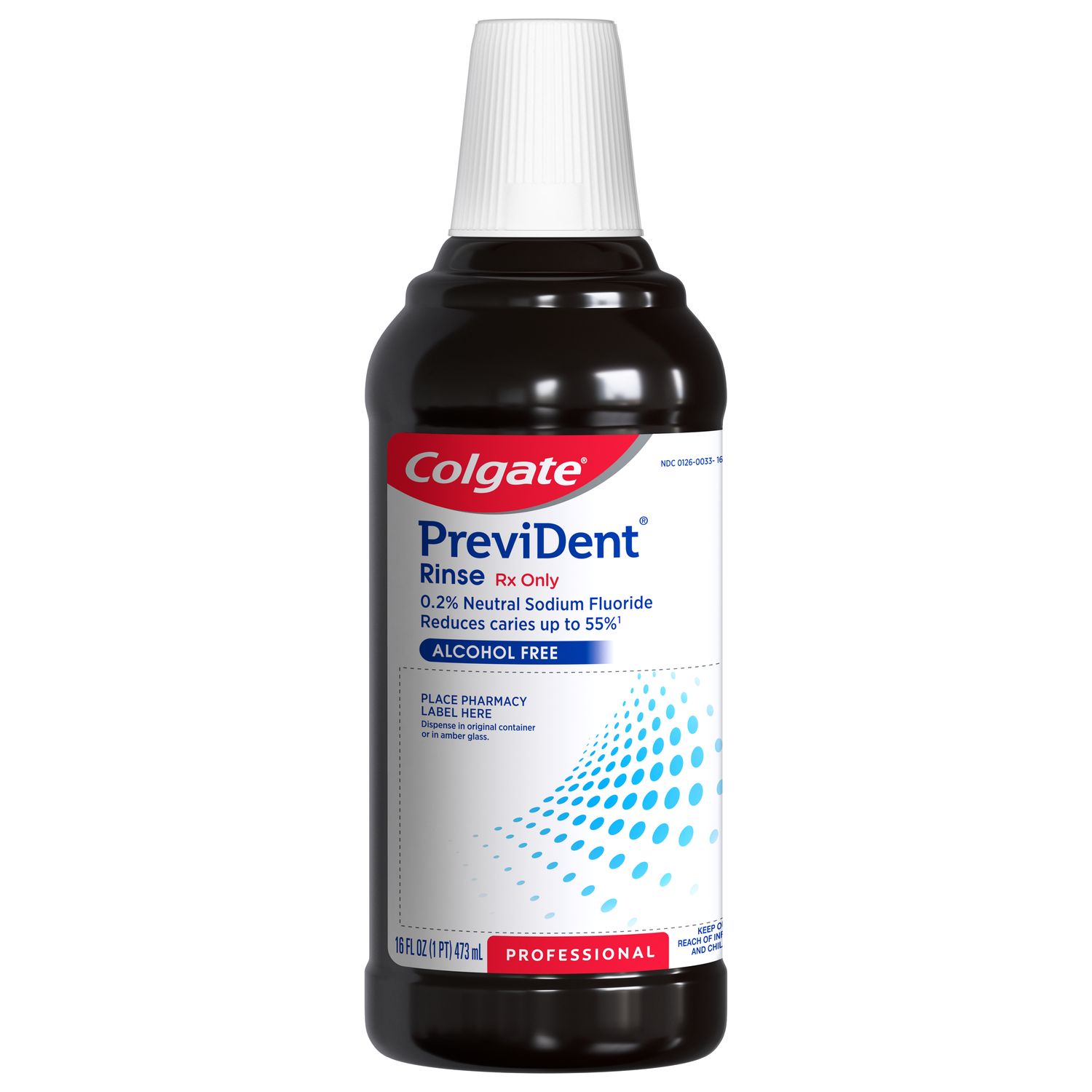What Are Tonsils?
Your lingual tonsils are visible to the naked eye as bunches of lymphatic tissue on the sides of your tongue at its base. They are part of Waldeyer's tonsillar ring, consisting of tubal tonsils, pharyngeal tonsils (adenoids), and palatine tonsils. This ring of tonsils plays a critical role as your immune system's first line of defense! As part of your lymphatic system, they work with other organs and tissue in your neck, armpits, and groin to flush out toxins, such as bacteria and viruses.
Your lymphatic system is actually a part of your more extensive immune system, and tonsils play a crucial role in helping you stay healthy. Bacteria and viruses often enter your body through your mouth, and this is where your tonsils come in to save the day! Especially in young children, tonsils can stop infections from spreading further into the body. But did you know that tonsils become less essential in preventing disease as we age? As we get older, our bodies develop the ability to fight off infections without their help.
Potential Issues with Your Lingual Tonsils
Tonsillectomy of the Palatine Tonsils
The Mayo Clinic defines tonsillitis as an inflammation of the tonsils typically caused by a virus, but it can also be bacterial in nature. It can affect children from preschool-age to their mid-teens. Treatment can range from at-home care like gargling with salt water and getting plenty of rest and hydration to surgery, such as a tonsillectomy. While this surgery can be essential for you or your child's well-being, in some cases, the removal of palatine tonsils is the cause of lingual tonsil issues.
As noted by a study published in Internal Medicine, tonsillitis in your lingual tonsils can also occur! It is an overlooked cause of sore throat because your lingual tonsils are not as noticeable in a physical examination as your palatine tonsils. In this study, two-thirds of people with lingual tonsillitis previously had a tonsillectomy or adenoidectomy (removal of adenoids). Signs of lingual tonsillitis include the following:
- Difficulty swallowing
- A severe sore throat
- Tenderness around the hyoid bone
You'll need a laryngoscopy to determine if you or your child has lingual tonsillitis.
Lingual Tonsillar Hypertrophy
A study published in Clinical Case Reports discusses lingual tonsillar hypertrophy, or swollen lingual tonsils, and its unique mix of symptoms. It is often asymptomatic. But it can sometimes become apparent if you have difficulty swallowing, have a persistent cough, have a sensation of a lump in your throat, notice a change in your voice, have a difficult time getting intubated, or experience obstructive sleep apnea (OSA).
A study published in the Journal of Otolaryngology-Head & Neck Surgery found a relationship between laryngopharyngeal reflux (LPR), body mass index (BMI), and lingual tonsil hypertrophy. Findings concluded that an elevated body mass index and a positive result of laryngopharyngeal reflux were associated with lingual tonsillar hypertrophy for people experiencing obstructed sleep apnea.
When to Have Lingual Tonsils Removed
Although your lingual tonsils may have helped your body fight off infections when you were a young child, when your tonsils themselves become frequently infected, it may be time for their removal. Individuals of any age can have their tonsils removed. Your medical or dental professional might recommend the procedure if you develop reoccurring infections or if swollen lingual tonsils cause other problems, such as snoring or sleep apnea.
Like the other groupings of lymph nodes that make up your lymphatic system, your lingual tonsils play an essential role in defending your body against infections. But repeated bouts of tonsillitis or symptoms that arise from lingual tonsil hypertrophy can affect your quality of life and lead you to consider removing them, especially if you're an adult. What's most important is that you schedule an appointment with your primary care doctor, who may refer you to an Ear, Nose, and, Throat Specialist (ENT). They can help you figure out the source of your discomfort and put your mind at ease. Most importantly, they'll help you feel confident in whatever decision you make for managing your lingual tonsils.
This article is intended to promote understanding of and knowledge about general oral health topics. It is not intended to be a substitute for professional advice, diagnosis or treatment. Always seek the advice of your dentist or other qualified healthcare provider with any questions you may have regarding a medical condition or treatment.
ORAL HEALTH QUIZ
What's behind your smile?
Take our Oral Health assessment to get the most from your oral care routine
ORAL HEALTH QUIZ
What's behind your smile?
Take our Oral Health assessment to get the most from your oral care routine















